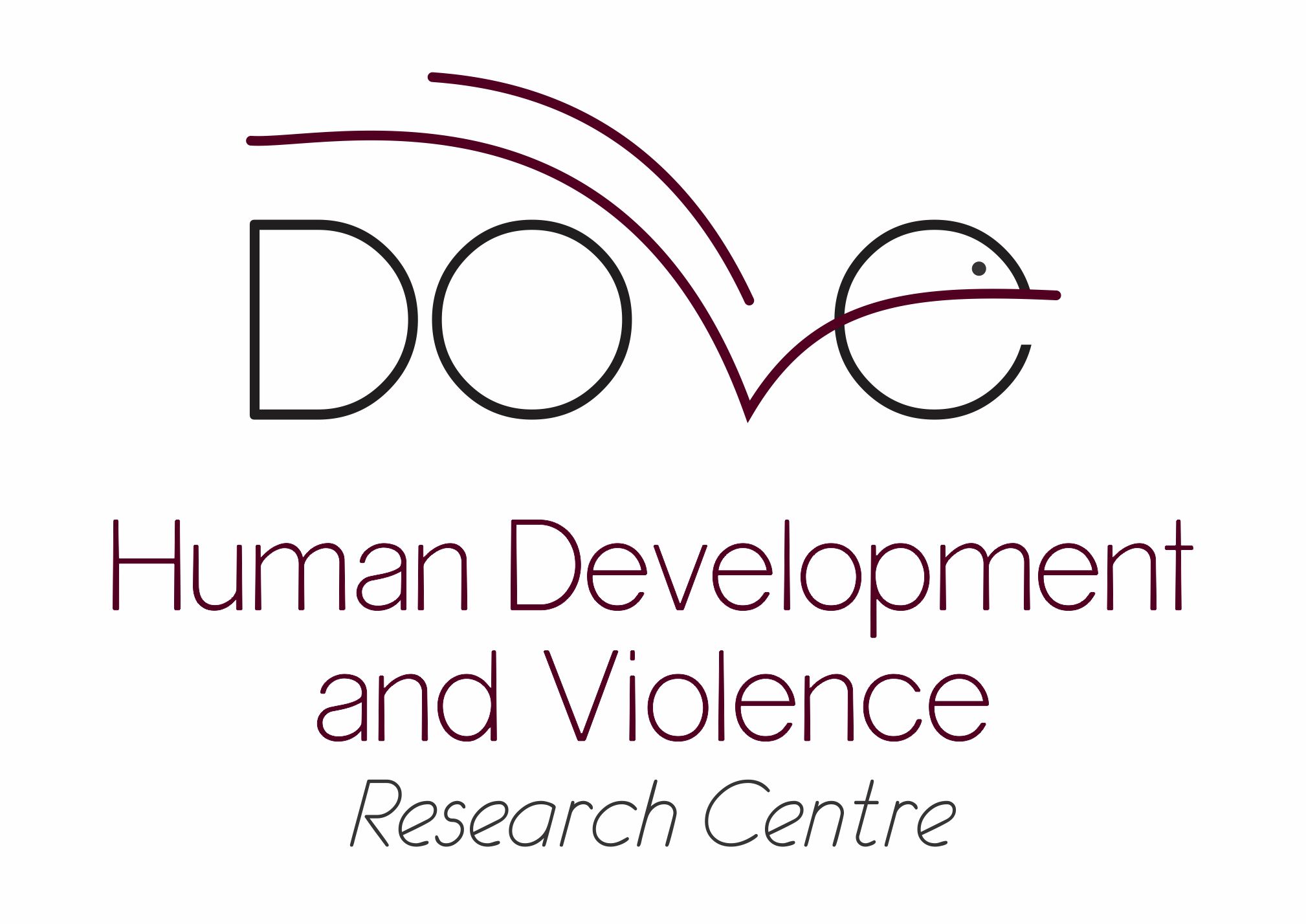Lancet review points out health determinants of adolescent criminalisation

Important aspects of health and development in childhood and adolescence can increase the risk that a young person will be exposed to the criminal justice system, says a study published in the February Lancet issue, which focused on Child and Adolescent Health.
The review article shows that such determinants include neurodevelopmental disability, poor mental health, trauma, and experiences of maltreatment. Also, social factors, such as socioeconomic inequalities and marginalization, have an influence, both as causes and aggravators of these problems.
“Our review reinforces the idea that programs for ensuring healthy development in childhood, and interventions for early treatment of behavioural disorders, are key strategies for reducing crime and improving prospects for future society,” says DOVE director and co-author of the study, Joseph Murray.
Commenting on the article, Murray considers the findings in the context of low- and middle-income countries. Initial experiences indicate that early childhood support programs require adaptation, such as reducing the costs of access, materials and training, and exploring alternatives to the use of specialized professionals. “In Jamaica, community workers have brought this type of intervention to families with vulnerable children, achieving improved school performance for participants and crime reduction by age 22,” says Murray.
The researcher also draws attention to the immense challenges that broader social, economic, and political determinants of crime impose on these countries: “In addition to primary prevention strategies, it is necessary to invest in reducing inequalities of access to health services, and aiding the functioning of legal institutions.”
UN Sustainable Development Goal number 16 calls for nations to mobilize to dramatically reduce violence and promote the rule of law around the world. “To this end, international initiatives must direct investment and research efforts to regions in Latin America, the Caribbean and sub-Saharan Africa, where the highest rates of serious crime are found, and violence is a noteworthy social, health and criminal justice problem”, concludes Murray.
Hughes N, Ungar M, Fagan A, et al. Health determinants of adolescent criminalisation. The Lancet Child & Adolescent Health 2020; 4(2): 151-62.
Murray J, Atilola O. Determinants of youth crime in low-income and middle-income countries. The Lancet Child & Adolescent Health 2020; 4(2): 96-8.


